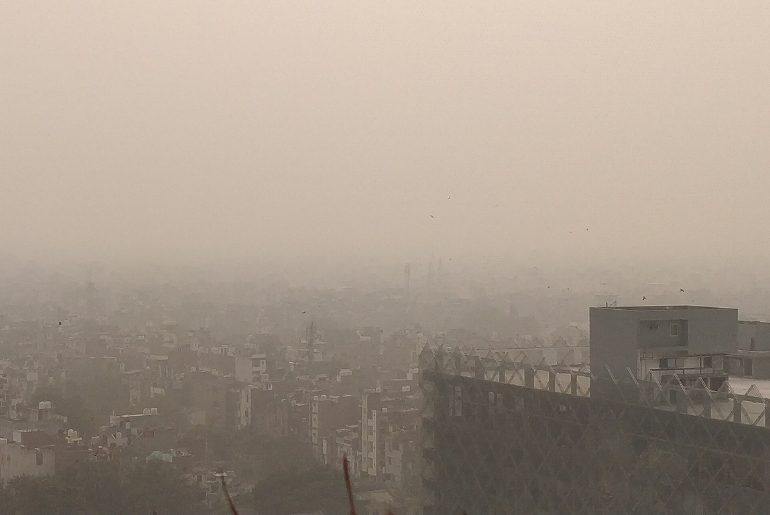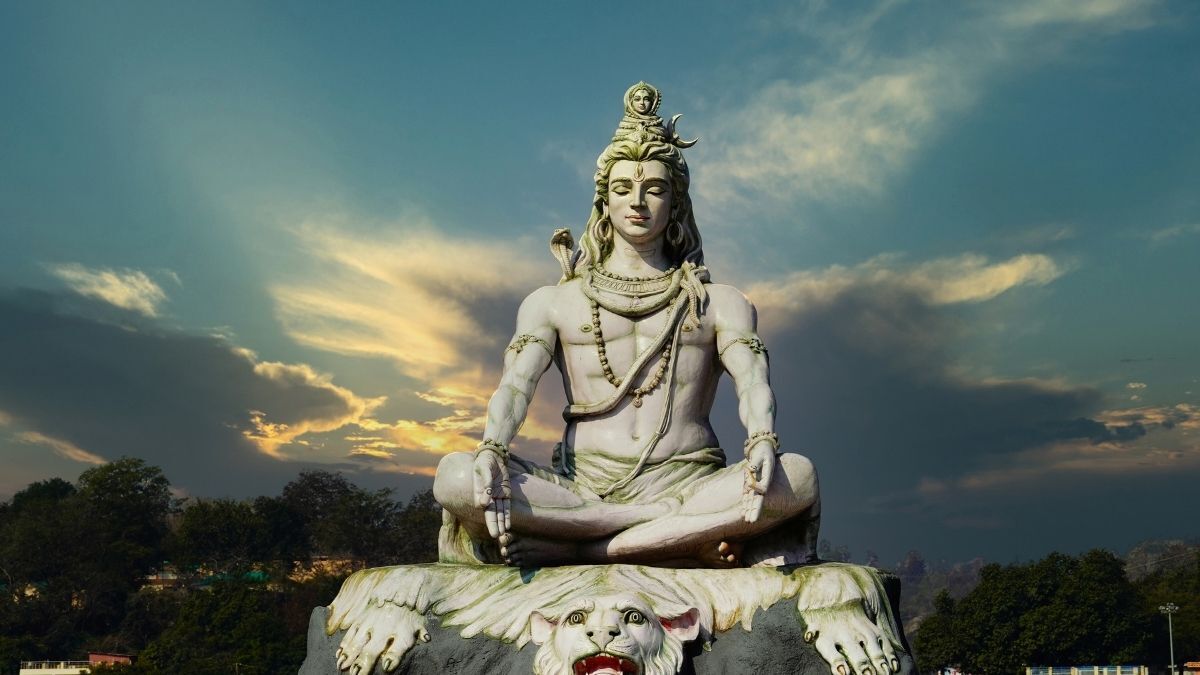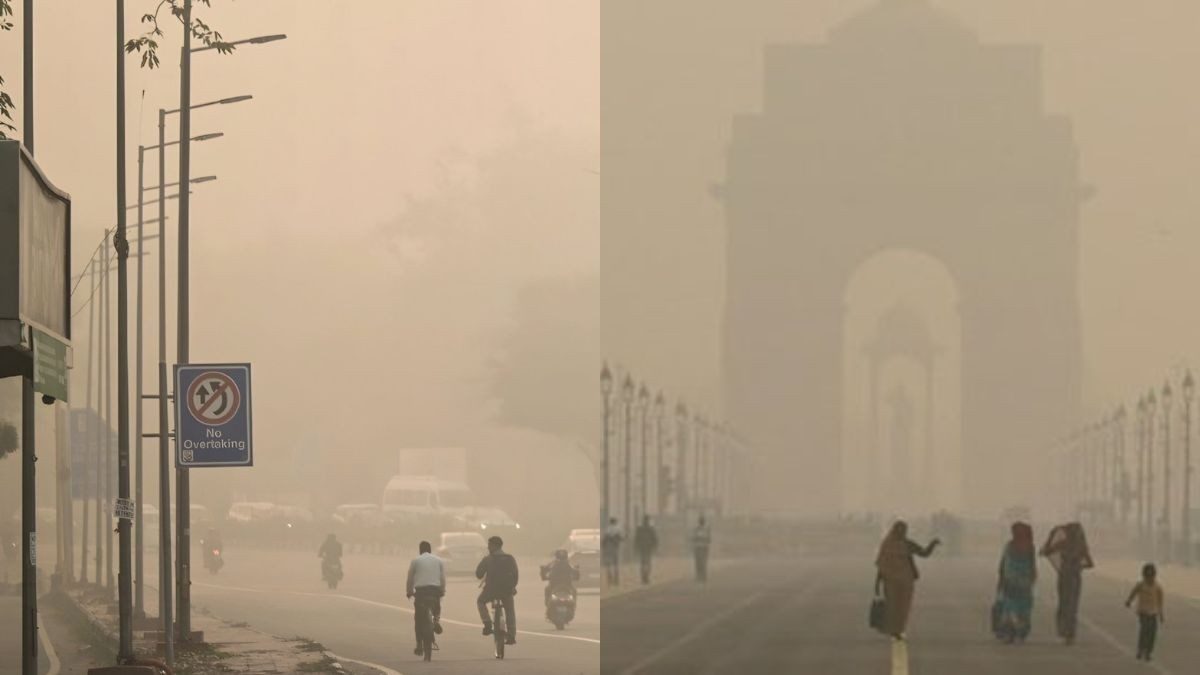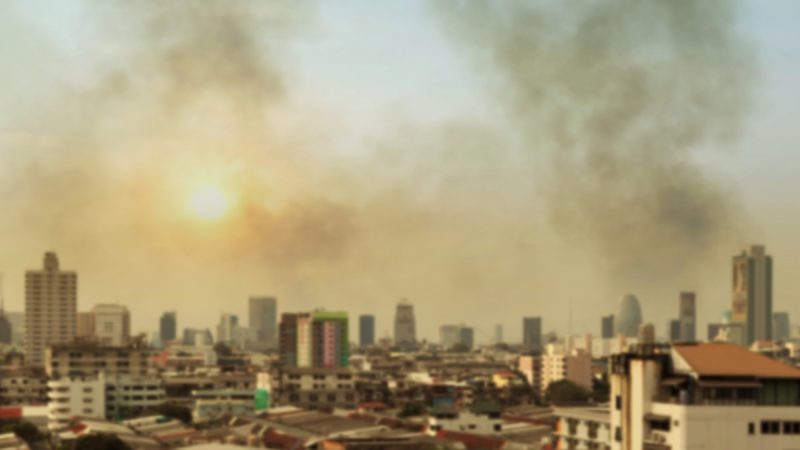The air in Delhi has once again turned hazardous. On Sunday morning, the Air Quality Index (AQI) in several parts of Delhi reached alarming levels, touching 421 near AIIMS, according to data from the Central Pollution Control Board (CPCB). This places the city firmly in the ‘Severe’ category, making it unsafe for everyone to breathe, not just children or the elderly.
Air Quality In Delhi Turns ‘Severe’ With AQI At 421
Delhi’s overall air quality was 245, which is considered “poor,” just one day prior. However, within a day, pollution levels skyrocketed, creating a dense, smoky haze throughout the city. People woke up to grey skies and reduced visibility, and the air was heavy with the smell of burnt residue.
According to Business Standard reports, several key monitoring stations recorded severe readings: RK Puram (421), Chandni Chowk (414), Ashok Vihar (404), Punjabi Bagh (403), and Sirifort (403) were among the worst-hit areas. Even relatively cleaner spots like Lodhi Road (364) and Okhla Phase-2 (382) slipped into the ‘Very Poor’ category. From Rohini to Dwarka, the numbers paint a grim picture of how polluted Delhi’s air has become overnight.
Residents in Delhi have started feeling the effects of the worsening air quality, like itchy eyes, sore throats, and difficulty in breathing, which are becoming common complaints. Doctors are advising people to stay indoors as much as possible, use air purifiers, and wear masks when stepping out. Experts say that a mix of vehicle emissions, industrial smoke, and stubble burning from nearby states, combined with still weather conditions, has created a toxic blanket over the city, Business Standard reported.
Experts Blame Stubble Burning And Weather Conditions

Beginning on November 1, the Commission for Air Quality Management (CAQM) has prohibited BS-III and older commercial goods vehicles from entering Delhi. These vehicles are known to emit more pollutants and contribute heavily to the smog.
According to ANI via Business Standard, Dharmveer Kaushik, Sub Inspector, Delhi Transport Enforcement Team, shared, “BS-III vehicles are being sent back. They are not allowed to enter Delhi. This applies only to goods vehicles; passenger cars are not restricted.”
In addition, the New Delhi Municipal Council (NDMC) has doubled parking fees across its areas after Stage 2 of the Graded Response Action Plan (GRAP) was enforced. The idea is to discourage people from using private vehicles and push them towards public transport, reducing traffic-related emissions.
Since Diwali, the AQI in Delhi and surrounding regions has been swinging between ‘poor’ and ‘very poor’, but this sudden jump to the ‘severe’ category has raised alarms across agencies. Without a change in the weather, especially stronger winds or rain to help disperse the pollutants, things are unlikely to get better.
Delhi residents must exercise indoors, take precautions, and keep kids and the elderly inside until the air quality improves.
Cover Image Courtesy: Canva/cgdeaw
For more such snackable content, interesting discoveries and the latest updates on food, travel and experiences in your city, download the Curly Tales App. Download HERE. First Published: November 02, 2025 2:27 PM




